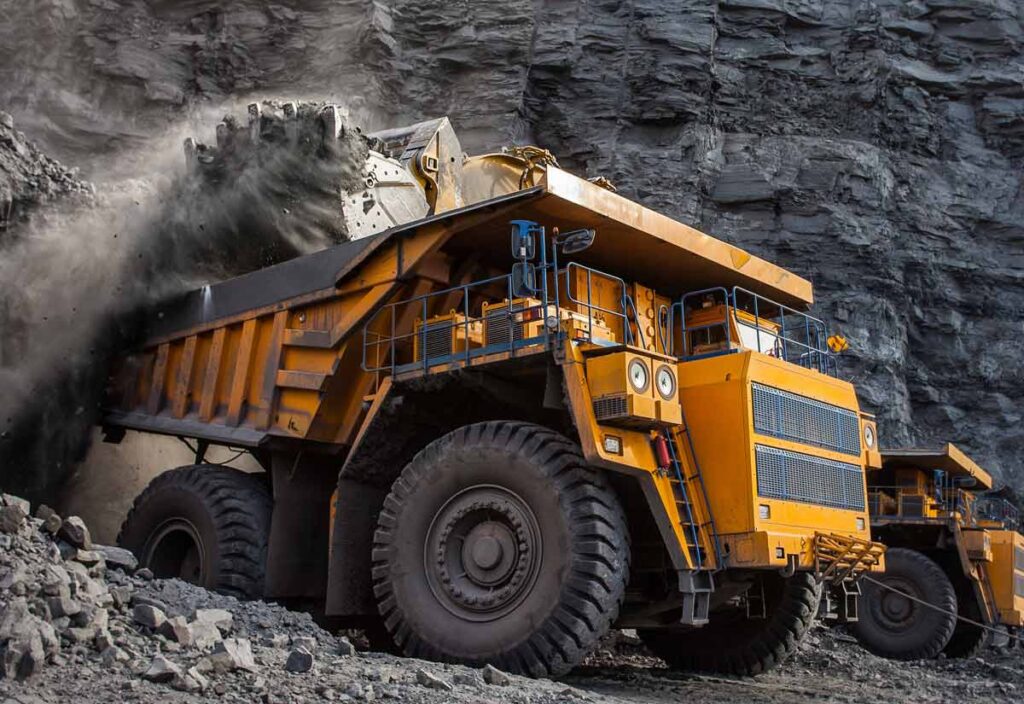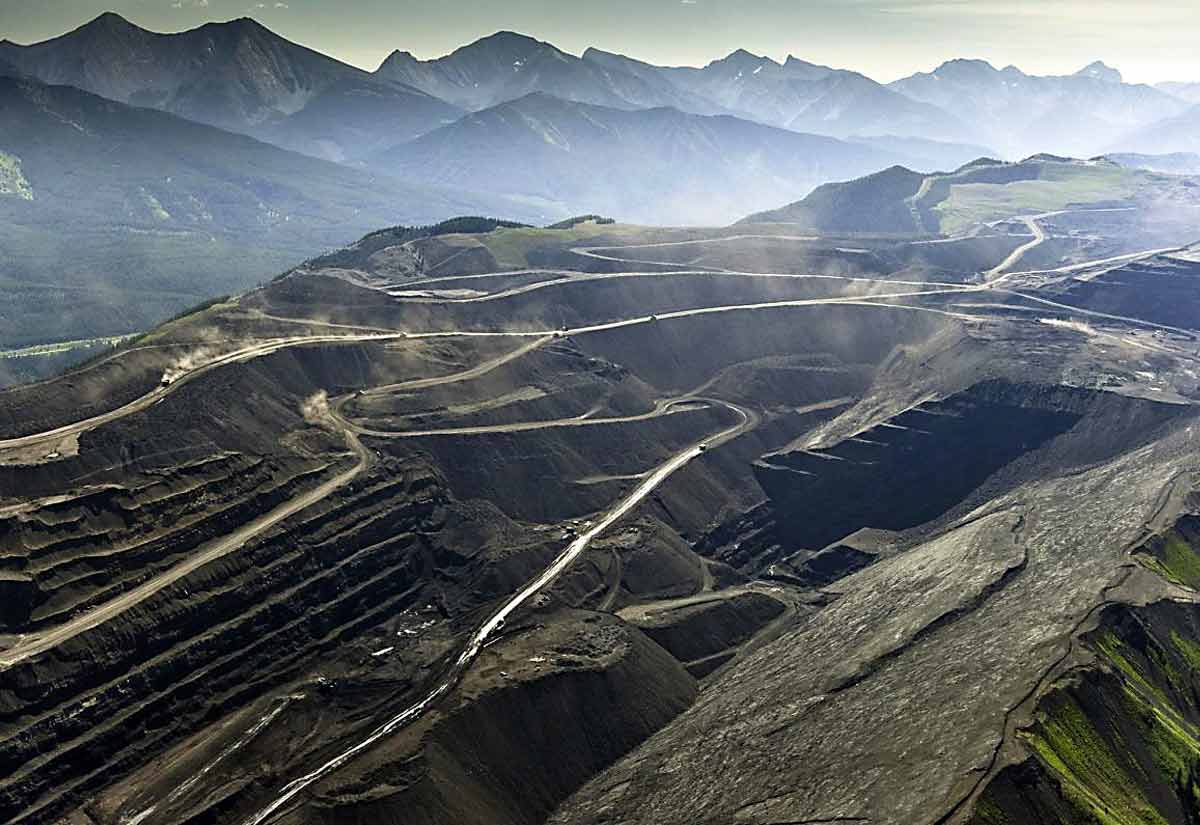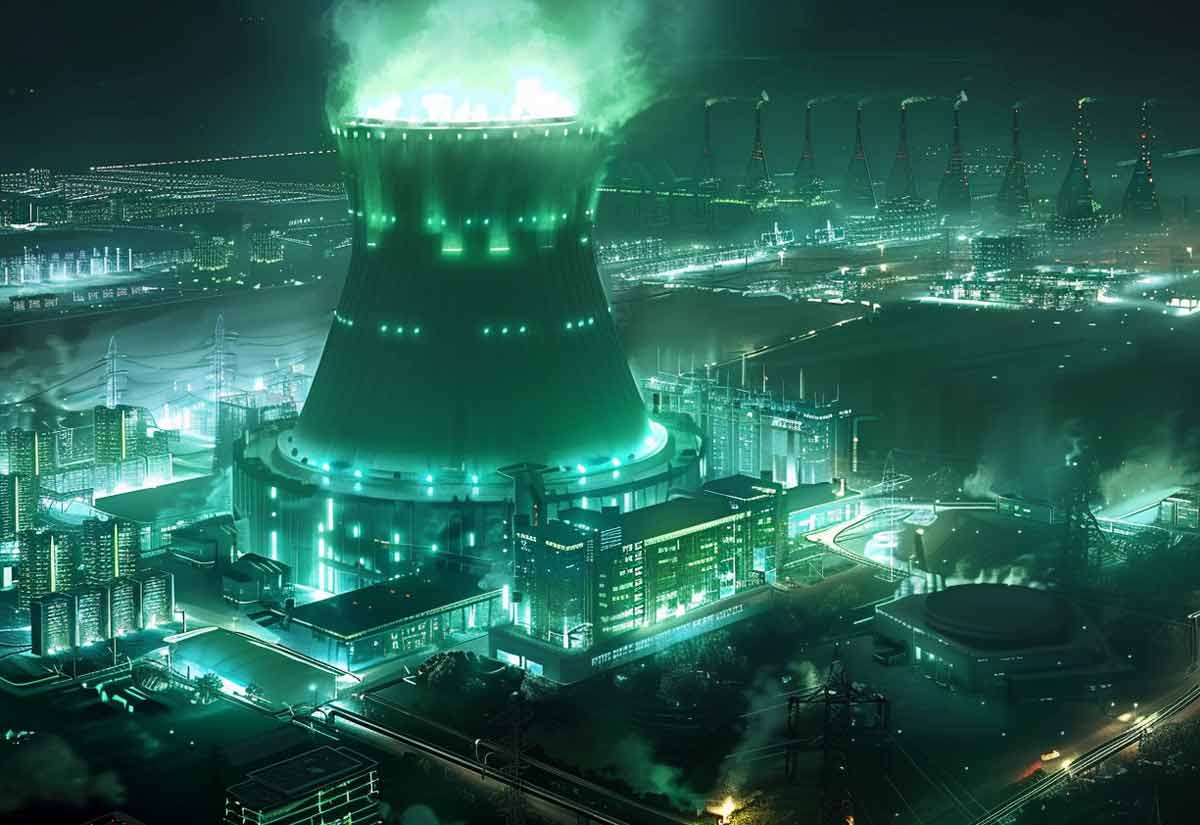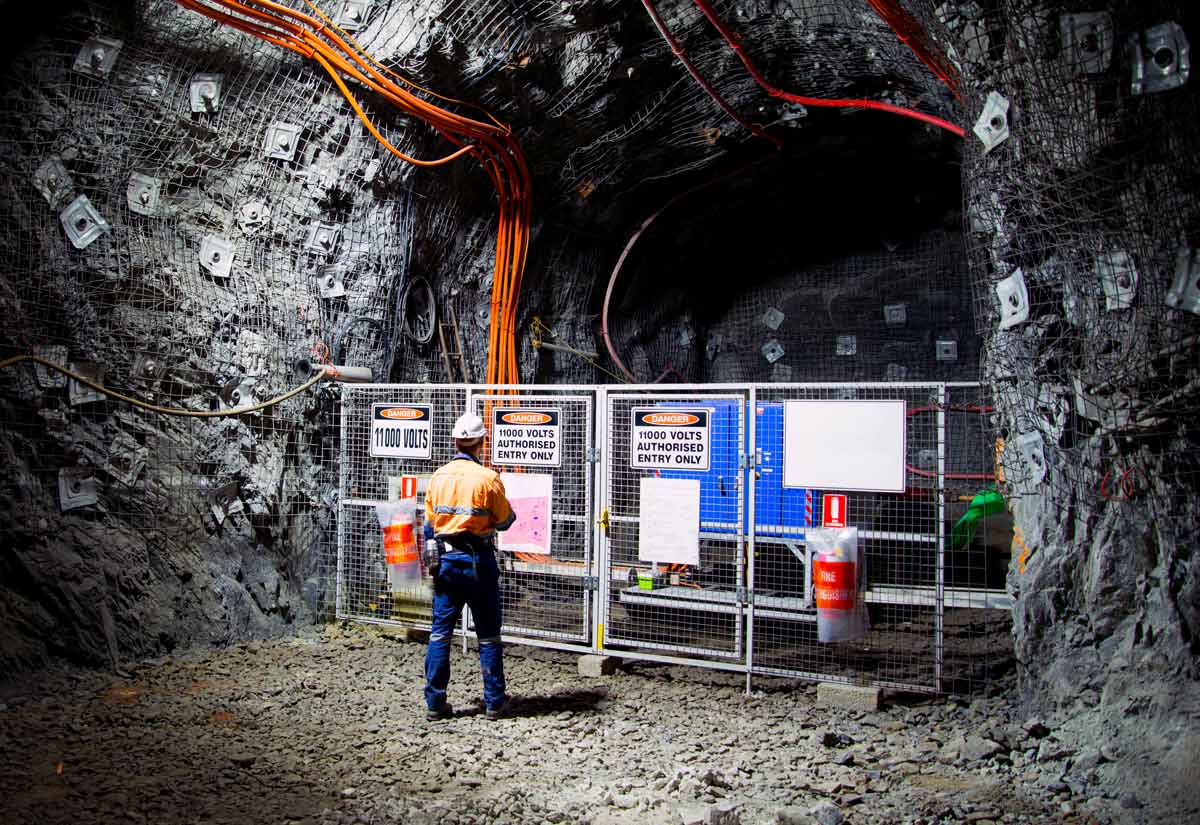Compared with a strong 2022, the year ahead looks to be a bit more challenging for the metals, mining, and construction industries. Despite the (potential) demand of a large number of road and infrastructure projects in the US, continuing high inflation and the threat of global recession continue to hamper optimism. Other global factors demonstrate some “ripple effects” throughout the global economy, as well.
Russia’s invasion of Ukraine, of course, has impacted the world with higher energy prices and some resource shortages, such as nickel, and shows no real signs of resolution in the near future. There’s also the continuing presence of COVID-19, and China’s government uncharacteristically reversing course on their “zero-COVID” policy. That speaks to a world, it appears, where people by and large have had enough of lockdowns and are prepared to deal with the long-term endemic presence of COVID-19.
The Big Picture
According to the report, The Big Picture: 2023 Outlook for Metals & Mining, from S&P Global Intelligence, the coming year will be mostly positive for industry participants, with a few exceptions. The major trends revolve around increasing inflation and declining commodity prices. Expensive money will be a drag on exploration until central banks tame inflation, which the report predicts will happen throughout the coming year.
Two growing markets requiring robust investment and expanded material supplies are electric vehicles and renewable energy technologies. With tax policies boosting demand for new tech, both should see robust markets and increasing demand in the near future. The mining industry, however, may have trouble keeping up. “For many commodities whose supply and demand we cover through 2026, we now believe that the increasing consumption will outstrip the mining industry’s ability to ramp up supply, resulting in commodity deficits as early as 2024,” the report states.
Exploration will also see something of a reversal from current years. Perhaps it’s nearly a “perfect storm” of events, but untamed inflation, geopolitical concerns, the fear of global recession, and the unpredictability of COVID-19 will cause caution in the industry. According to the report,“Exploration budgets will continue to focus on lower-risk exploration at mine sites and advanced projects, a worrisome trend since the reduced focus on grassroots projects has resulted in a notable decline in new major discoveries.”
Those sorely needed new discoveries will involve dealing with more ESG, or environmental, social, and governance issues than the mining industry had to contend with in the past. It’s a fact of life today, but the report notes that ESG “will likely limit the number of new projects” that are developed.
Battery Metals Are Still A Hot Topic
Metals used for electric-vehicle batteries continued to magnetize attention in 2022 when Elon Musk switched Tesla batteries away from nickel and cobalt to lithium-iron-phosphate. The cheaper LFP batteries could lead to a lower purchase price, in theory, but a Tesla will still be an expensive car, and two models won’t qualify for tax credits under the 2022 “Inflation Reduction Act.”
According to the S&P Report, “More expensive vehicles could shift the passenger electric vehicle market from being supply-capped back to being demand-constrained.” That said, Tesla produced 47% more vehicles in 2022 than the year before, at 1.4 million units, so it appears that there is adequate demand. A broader (cheaper) range of affordable electric vehicle choices should help to balance supply and demand.
And that will happen. According to Wood McKenzie, electric vehicle sales in the US will double in 2023, and “affordable EVs are finally hitting the market in volume.” The subsidies in the Inflation Reduction Act, interestingly, force automakers to reduce their fleet emissions. Selling electric vehicles is the cheapest way for them to meet that mandate, and according to Ram Chandrasekaran, Head of Road Transportation for Wood McKenzie, in 2023 “Ford, Hyundai, GM, Subaru, Toyota, VW will all have compact SUVs on the market with starting prices around US$40,000-45,000.”
Other Metals Will Be Mixed
As noted earlier, battery metals will continue with strong demand pushing growing supplies in nickel, cobalt, and lithium. However, Nick Pickens, Research Director for Copper at Wood McKenzie, expects the construction sector to experience a flat year.
“The construction sector, a key area for iron ore, steel and base metals, will be a drag on global demand, with the Chinese real estate market in particular remaining sluggish. Meanwhile, supplies of copper, aluminum, lead, zinc, iron ore and steel, among others will all post higher growth rates than in 2022.” Incentives like the Inflation Reduction Act (IRA) and the Infrastructure Investment and Jobs Act (IIJA) should help in preventing more of a downturn in the US.
What’s Ahead for Aggregates?
In the aggregates market, industry players overall sound mildly optimistic about their prospects for 2023. As noted in this Pit & Quarry post from December 13, Patrick Weaver from L&H Industrial predicts current challenges like supply chain interruptions and workforce shortages to continue. He also predicts a more conservative business approach. “I believe we will most likely see a significant focus on improving current asset throughput, versus the larger physical acquisitions we had become accustomed to seeing in recent years,” he said.
The construction industry as a whole seems to have a fair chance for a stable year in 2023. Industry experts, such as Richard Branch, chief economist at Dodge Construction Network, predict a flat year in construction in 2023. The group’s outlook for the year factors in the battle against inflation, higher mortgage rates, and new spending through the Inflation Reduction Act, the Infrastructure Investment and Jobs Act, and other spending. A flat year may not be ideal, but it’s sure better than a double-digit downturn.
The Plan for Cement
Though 2022 was a good year for the cement industry, the Portland Cement Association predicts the first decline in demand for cement in 13 years, at 3.5%. That’s after a 4% increase in cement consumption during the first 9 months of 2022. Fortunately, the group also predicts a healthy rebound of growth over 4% in 2024. More reasonable inflation and mortgage rates should help to achieve that growth.
The Magic 8-Ball Has Spoken
Barring truly catastrophic events like further pandemics, military conflict, and/or natural disasters, 2023 looks mostly positive for businesses in the metals, mining, and civil construction sectors. While the “old-school” niches may not see real expansion this year, battery tech and renewable-energy tech will probably continue to be a wild ride. Clearly, the world needs what we produce and has the money to pay for it. Let’s get to it.
What do you think? Are there other factors that you think will have a major impact on our industry in the coming year? Let us know.
About Resource Erectors
Resource Erectors connects top professionals in the metals, mining, civil construction, engineering, and construction materials industries with companies that need their expertise. Whether you’re looking for your next position or your next top hire, contact us today and we’ll get to work for you.













